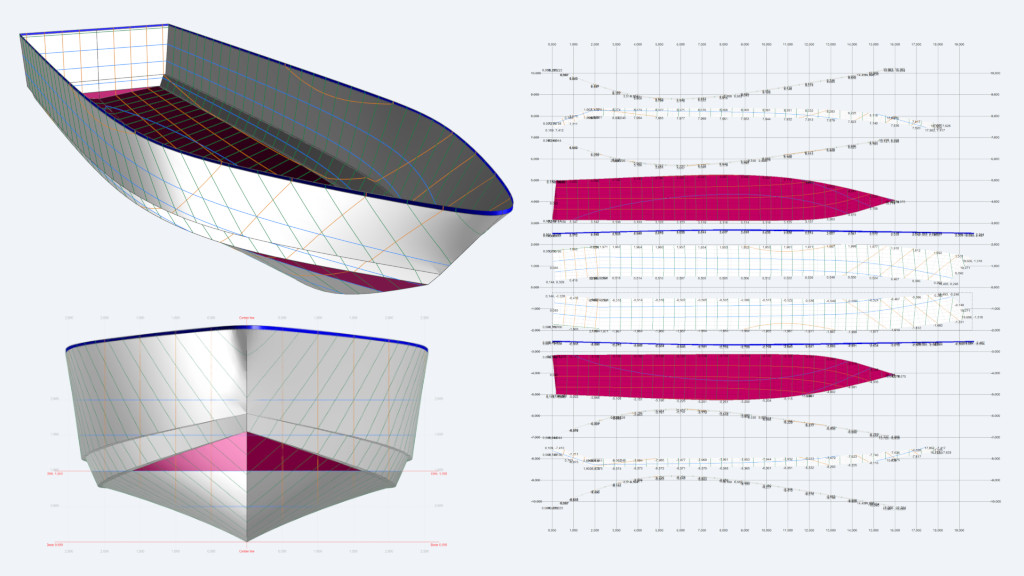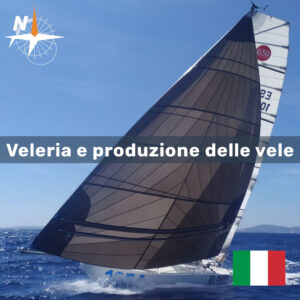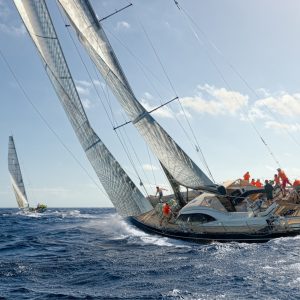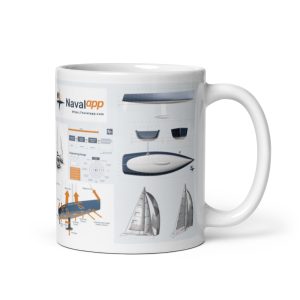The evolution of hull and keel forms – Part 2

British “plank-on-edge” suffered from poor form stability. Yet, the deep down located ballast offered a considerable amount of weight stability and positive stability range. These boats rarely capsized, and if so, they didn’t remain in that position for a long time. American “skimming dishes” featured higher initial stability. Nevertheless, once the heeling angle exceeded 30 degrees, the yacht was prone to capsize, and if so, it was unable to come back upright. These yachts, although fast in light winds, were unsuitable for cruising.























